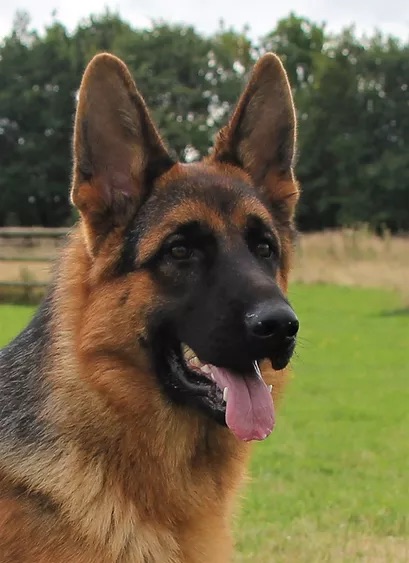Hi all,
I’m thinking about a German Shepard joining our pack!
I’m just in the research stage now - learning about hip scores, straight backs, and all the other specific German Shepard terms.
Could anyone tell me if they think this is a short hair or long hair (been trimmed?).
also if he looks show line? Working line? DDR?

This is just a picture from google - but he would be my dream dog! Colouring. Hair length.
(I’ll start another thread for advice on food, etc. my miniature schnauzer has butternut box. But is it best for a GSD?)
Thanks all!
(I’d have to request a username change if I get my GSD! )
)
I’m thinking about a German Shepard joining our pack!
I’m just in the research stage now - learning about hip scores, straight backs, and all the other specific German Shepard terms.
Could anyone tell me if they think this is a short hair or long hair (been trimmed?).
also if he looks show line? Working line? DDR?

This is just a picture from google - but he would be my dream dog! Colouring. Hair length.
(I’ll start another thread for advice on food, etc. my miniature schnauzer has butternut box. But is it best for a GSD?)
Thanks all!
(I’d have to request a username change if I get my GSD!

